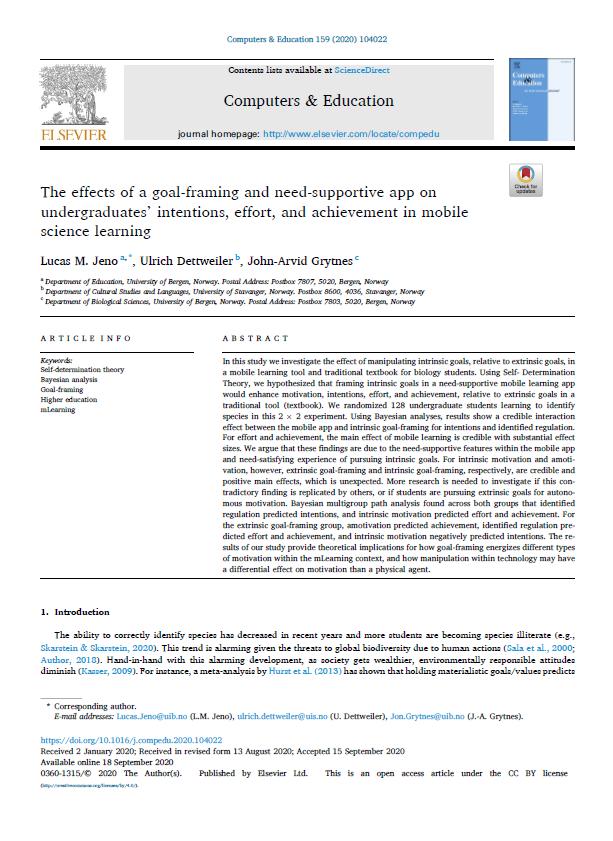BIO102 brings the ocean to the students.
The COVID-19 pandemic has brought many of us to reconsider the way we teach larger classes. Digital solutions now replace or supplement classroom teaching, and videos take a larger part in the teaching material. However, field courses and excursions are still hardly replaceable by a screen, even if tremendous efforts are made to digitalize preparation to fieldwork.
Following the first wave of the pandemic in Bergen, BIO102 - Organismal biology 2 took on the challenge to transform 3 full weeks of field activities for approximately 100 students into a corona-safe practical course essentially relocated on campus. For instance, comprehensive introduction to species identification in botany and entomology took place at the lab instead of the field, and in smaller groups. Students still had the opportunity to go on fieldwork ahead of the lab activities to learn about and practice collection of materials, but only for one day. Regardless of the limited time, they managed to gather plenty of materials to study back at the bench.
Another part of the challenge was to transform the marine component of the course, originally a one-day research cruise aimed at getting known with a set of marine ecological field methods, species identification, measurements, etc. In the past years, larger groups of students have been on a cruise to get introduced to the methods in use on our research vessels. However, the new restrictions made it impossible to have groups of more than 12 students onboard working on collection and observation of marine species. Instead, a cruise involving only two BIO technicians and the ship crew was sent out for the sole purpose of fishing the materials that the students would observe on the pier in front of our buildings a few days later.
Two large tables installed on the pier in front of the BIO buildings served as a lab bench for the many kilos of fish collected by engineers Heikki Savolainen and Frank Midtøy. This improvised field lab facility provided plenty of space and fresh air to eight groups of students who could safely work on sorting and identifying the many species.



